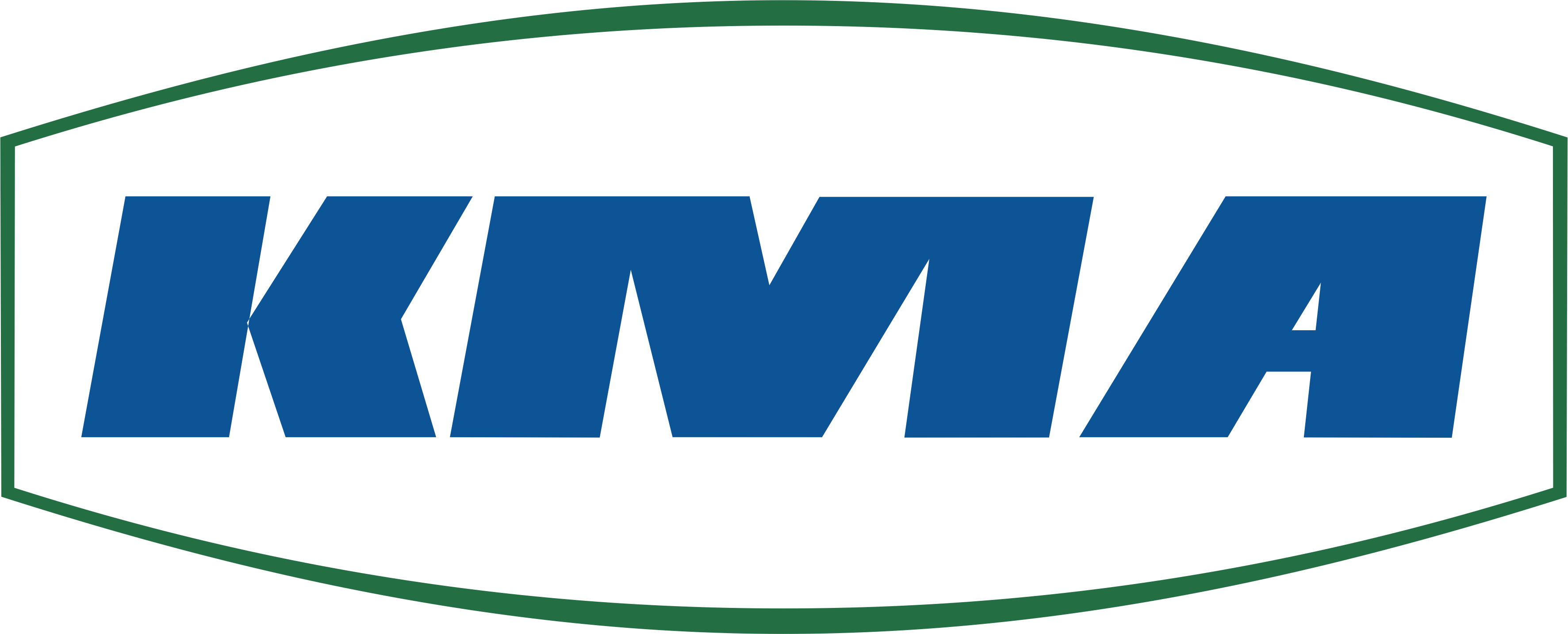Energy efficiency
Energy efficiency
The term energy efficiency describes the measurement of the amount of energy used to achieve a defined benefit. The lower the energy consumption necessary to achieve the desired benefit, the greater the energy efficiency. Therefore, energy efficiency plays an important role in optimizing the life cycle assessment of products, services or behavior.
The German Federal Ministry for the Environment, Nature Conservation and Nuclear Safety According to The German Federal Ministry for the Environment, Nature Conservation and Nuclear Safety it is estimated that in the industrial and commercial sectors potential energy savings at up to 40% can be realised. For many industrial sectors, like die casting, food production or textile finishing, exhaust air purification offers great energy-saving potential. On the one hand, conventional methods of air purification are very energy-intensive, on the other hand the process waste heat bound in the exhaust air represents a valuable resource that often remains unused.
KMA Umwelttechnik is an expert for energy-efficient exhaust air purification. Its high-performance electrostatic precipitators achieve a separation efficiency of up to 99.8%. The energy-efficiency of an electrostatic precipitator is high: To purify an exhaust air volume of 5,000 m3/h an electrostatic precipitator cell requires the approximate energy consumption of a 100 W light bulb. The KMA heat recovery system, consisting of heat exchanger and optioanl heat pump, uses valuable process waste heat for subsequent production steps or to heat the production halls or other buildings. The installation of an energy-saving exhaust air purification system in combination with a heat recovery system reduces energy consumption and increases energy efficiency.
A positive side effect of improved energy efficiency are the reduced CO2 emissions. This is due to the reduced use of fossil fuels to generate energy, which as a result reduces CO2 emissions. This is a way for companies to realize major savings in energy costs while reducing their carbon footprint.
In order to create incentives for energy-intensive industrial sectors to increase energy recovery and therefore energy efficiency, the use of energy-efficient KMA exhaust air filtration systems combined with heat recovery systems is often subsidized by national legislators.
Related links
Related posts







